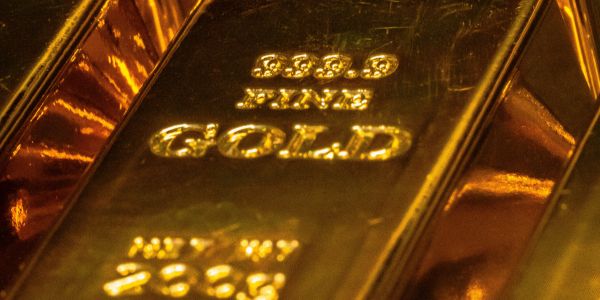
Guest blog post from Joyce Machau, Consultant – 3RT Smart Gold
The mining industry has long been associated with environmental degradation, particularly when it comes to the extraction of precious metals like gold.
However, with the advent of blockchain technology and the concept of tokenization, there is an opportunity to revolutionize the gold mining sector and promote sustainability. By tokenizing unmined gold reserves, we can significantly reduce the destruction of the environment and ensure a more sustainable approach to gold mining.
Tokenization of real-world assets
Tokenization refers to the process of representing real-world assets or commodities as digital tokens on a blockchain. Each token represents a fraction of the underlying asset, allowing for the fractional ownership and transferability of that asset.
This concept has gained significant traction in various industries, from real estate to art, and now it holds immense potential in the mining sector. Enter 3RT Smart Gold token.
One company that is revolutionizing the gold industry is the Three Red Trees Holdings Ltd (3RT), a gold exploration company in Canada, holding more than 150 km2 of valuable gold claims along the recently discovered Gold Bearing Channel in British Columbia.
Rather than mine, the company elected to tokenize its vast unmined gold reserves to minimize the need for large-scale mining operations, thus reducing the environmental impact associated with traditional mining practices.
By enabling fractional ownership, investors can participate in gold mining without the need for physical extraction, leading to a significant reduction in deforestation, water pollution, and carbon emissions.
Besides the reduction of environmental impact, other sustainability benefits of tokenizing unmined gold reserves include;
Preservation of Biodiversity: Traditional mining practices often involve clearing vast areas of land, displacing wildlife, and destroying habitats. Tokenizing unmined gold reserves allows for the preservation of these areas, contributing to the conservation of biodiversity. Instead of physically extracting gold, investors can participate in the potential profits associated with the reserves, ensuring the preservation of delicate ecosystems.
Mitigating Social Impacts: Tokenization can also address the social challenges associated with mining, such as land disputes, forced evictions, and human rights abuses. By reducing the physical mining footprint, tokenization minimizes the need for displacing local communities and decreases the potential for conflict over land ownership. Additionally, by promoting sustainable mining practices, it becomes easier to uphold fair labor standards and ensure the well-being of mining workers.
Transparency and Accountability: Blockchain technology provides a transparent and immutable ledger, allowing for increased accountability in the gold mining industry. Each tokenized gold reserve can be traced back to its origin, providing stakeholders with visibility into the source of their investments. This transparency can help combat illegal mining practices, such as smuggling or funding armed conflicts, which are often associated with the gold mining industry.
Access to Investment Opportunities: Tokenization democratizes investment in the gold mining sector by enabling fractional ownership. It opens up opportunities for a broader range of investors, including small-scale and retail investors, to participate in the gold market. This not only diversifies investment portfolios but also supports responsible and sustainable mining practices by redirecting capital towards environmentally conscious projects.
Conclusion
Tokenizing unmined gold reserves offers a transformative solution for sustainable mining practices. By reducing the need for physical extraction, this approach minimizes the environmental impact, preserves biodiversity, mitigates social challenges, ensures transparency, and broadens investment opportunities.
Embracing tokenization in the gold mining industry presents an opportunity to revolutionize an age-old practice, making it more responsible, sustainable, and aligned with the urgent need to protect our planet’s resources for future generations.



